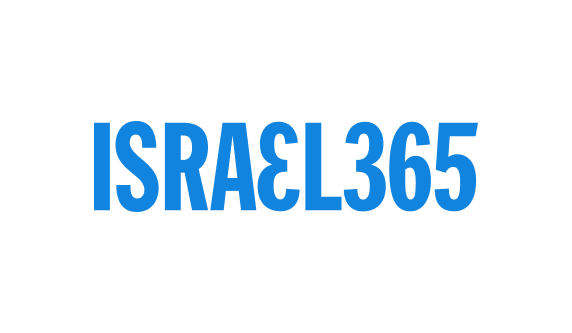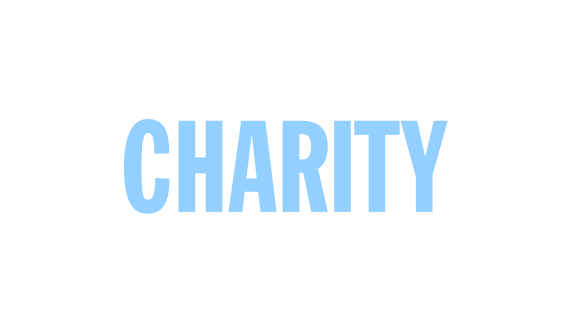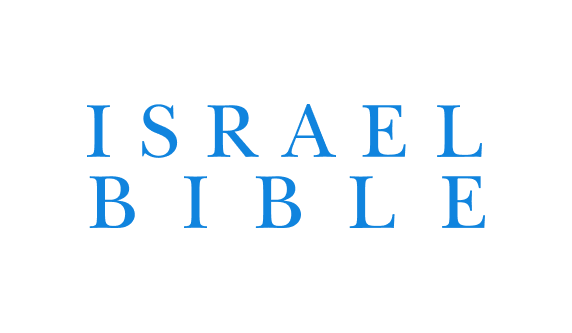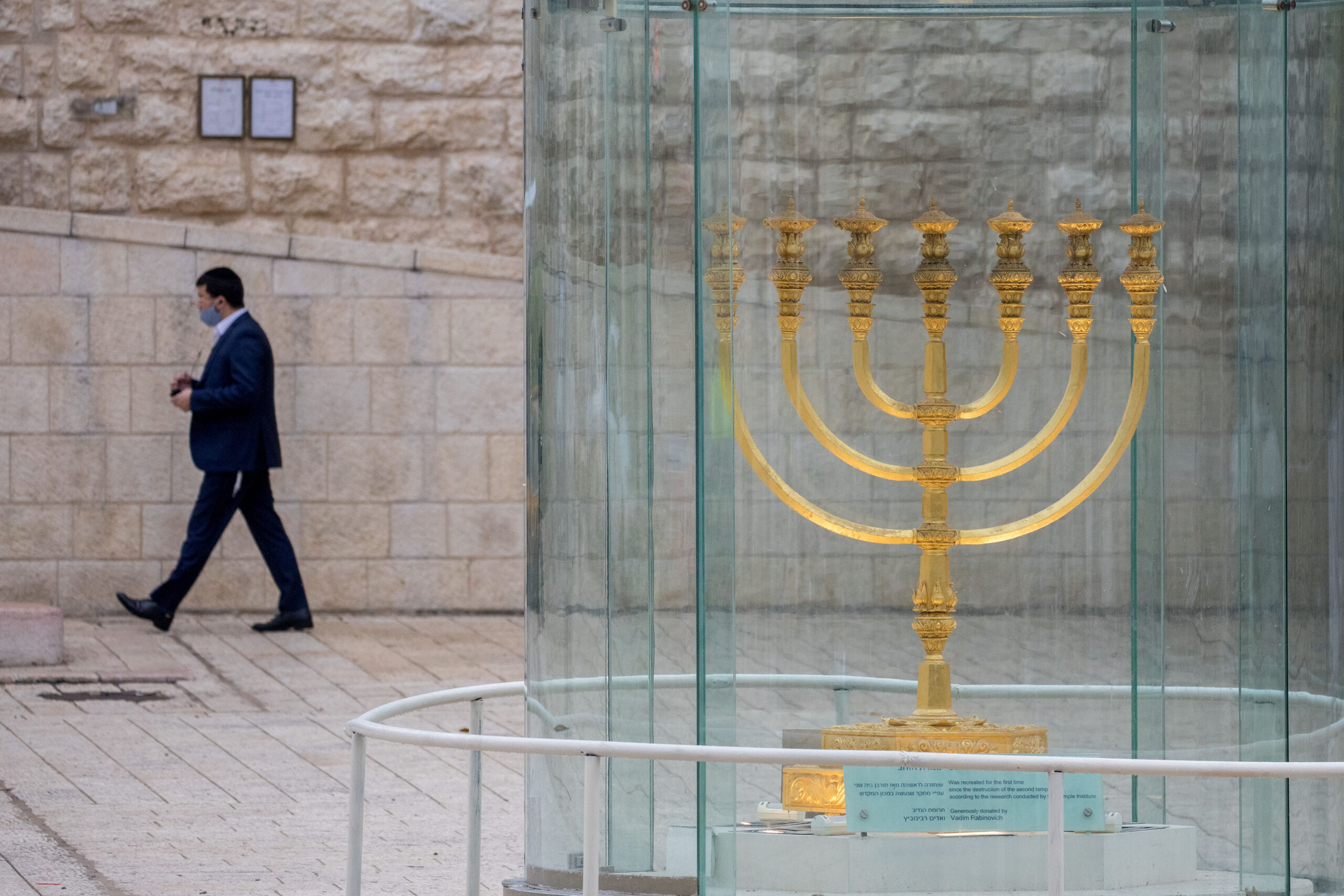This week’s Torah portion Tetzaveh makes up the second half of the instructions for construction of the Tabernacle. From a narrative perspective, these two Torah portions constitute one continuous prophecy to Moses. Last week’s Torah portion, began with the words, “And the Lord spoke to Moses saying.” (Ex. 25:1) From that point until the end of this week’s Torah potion, more than 4 chapters, concluding with Exodus 30:10, we find no interruption in God’s words to Moses. Only when we reach the opening verse of next week’s portion, in Exodus 30:11, do we again see the words, “And the Lord spoke to Moses saying,” indicating a new unit of prophecy.
This leads to the question: what accounts for the division of this week’s Torah portion from last week’s? Were they divided simply to break up a long section into two parts for the sake of convenience, because we don’t want the portions to be too long? Is there any thematic rationale behind the specific point at which they were divided?
As I just mentioned, last week’s Torah portion began with the words, “And the Lord spoke to Moses saying.” (25:1) Interestingly, the appearance of God’s name in this verse is the only time God is mentioned by any name in last week’s Torah portion. Now, at first glance this may not seem so strange. After all, God Himself is speaking continuously for the entire portion. It would make sense that He doesn’t mention His own name.
However, there is a problem with this line of thinking. As I mentioned above, last week’s Torah portion and this week’s are one continuous monologue by God to Moses. After God’s name did not appear even once for 95 consecutive verses in last week’s Torah portion, this week’s Torah portion mentions God’s name, Adonai – “The Lord” 23 times. The name Elohim – “God” appears 3 times as well.
To sum up, even though these two weekly Torah portions constitute one continuous prophetic monologue by God, His name does not appear in the content of what God said in last week’s Torah portion even once. And then in this week’s portion God mentions Himself by name 26 times.
To help us understand the significance and message of this difference between these two portions, let’s take a look at the content.
Here is a list, in order, of the instructions given to Moses over these two Torah portions.
Last week:
- Call for donations – 25:1-9
- The Ark – 25:10-22
- The Table – 25:23-30
- The Menorah – 25:31-40
- Coverings for the roof of the Tabernacle – 26:1-14
- Tabernacle walls – 26:15-37
- The altar for burnt offerings – 27:1-8
- The Tabernacle courtyard – 27:9-19
This week:
- Instructions for lighting the Menorah – 27:20-21
- Preparation of priestly vestments – 28:1-43
- Instructions for sacrificial offerings of investiture of Aaron and his sons – 29:1-37
- Instructions for the daily offering – 29:38-46
- The incense altar including daily offering of incense – 30:1-10
One of the first things we notice is the separation between the crafting of the Menorah, appearing in the opening chapter of last week’s portion, and the lighting of the Menorah which begins this week’s.
Using this one detail as a guide, we can see the significant thematic difference between these two portions.
Last week’s Torah portion dealt with the construction of the Tabernacle and the key objects within it. This week’s Torah portion deals with the service that was performed in the Tabernacle.
Let me put this another way. This week’s Torah portion describes the living, breathing, active life of the Tabernacle on a day-to-day basis. The priests, their clothing, the lighting of the Menorah, sacrificial offerings, all these are descriptions of the activity that took place in the Tabernacle, not the structure of it. The only vessel whose construction is included in this portion is the incense altar. While there are many answers given as to why it is mentioned here, it is clearly the exception that proves the rule.
Unlike the Menorah, which was lit only at night, there was always incense on the incense altar. Incense was offered on the altar both first thing in the morning and then again at the end of the day to burn at night. Incense burned on the altar at all times. (see Ex. 30:7-8) I’d like to suggest that this is the reason the incense altar is mentioned here. It was the only one of the objects in the Tabernacle that was in continuous use. In other words, there is no incense altar without the service of incense. The incense altar did not exist independently of the worship upon it.
If we sum up the points we have made thus far, the message that emerges is both clear and relevant to our lives.
- Last week’s Torah portion was about the structure and items contained within the Tabernacle. This portion does not mention God by name.
- This week’s Torah portion is about the priests and the daily service in the Tabernacle. God’s name appears throughout.
Last week’s portion was about the structure of the Tabernacle. This week’s Torah portion is about the living content within the Tabernacle.
Our life of faith, like the Tabernacle and the eventual Temple in Jerusalem, includes both outer structure and inner life. We build and maintain synagogues and churches. As Jews, we purchase and build ritual objects to be used in service of God. But God’s name is not to be found in buildings and objects. God’s name, His Presence, is revealed when we serve Him.
A beautiful Tabernacle, synagogue, or church building does not reveal the presence of God. The candlesticks used to light Shabbat candles each week and the Torah scroll in the ark in the synagogue do not reveal the name and presence of God. When living, breathing human beings worship Him, when we light the Shabbat candles, when we read from the Torah scroll. That is how God’s name appears.
At the very beginning of last week’s Torah portion, when introducing the concept of a Tabernacle, or Temple. God said,
And they shall make for me a sanctuary, and I will dwell among them. – Exodus 25:8
God did not say, “and I will dwell in it,” referring to the Tabernacle. Rather, “I will dwell among them,” within the people of Israel. God does not dwell in houses of worship. He dwells in the worshippers.
Rabbi Pesach Wolicki serves as Executive Director of Ohr Torah Stone’s Center for Jewish-Christian Understanding and Cooperation, and he is cohost of the Shoulder to Shoulder podcast.






